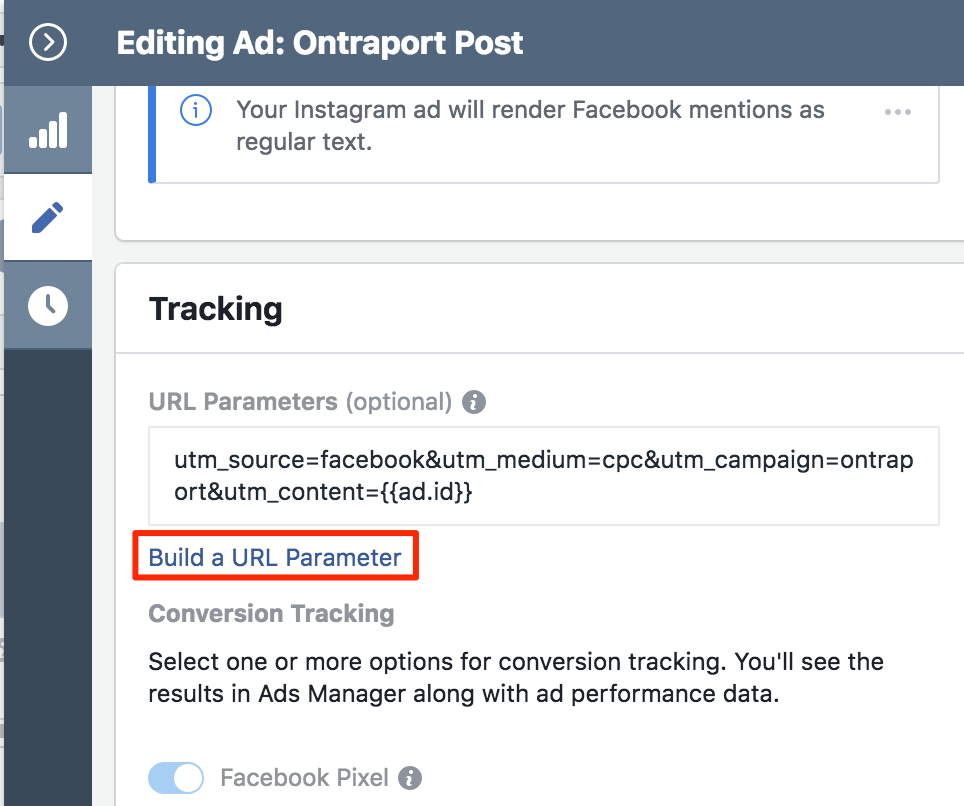5 Dynamic UTM Tips

The world of digital marketing is complex, and one of the most crucial aspects of measuring campaign success lies in tracking and analyzing the performance of different marketing channels and campaigns. This is where UTM parameters come into play, offering a powerful way to tag and measure the effectiveness of online marketing efforts. For those looking to maximize their use of UTM parameters, here are five dynamic tips to enhance your tracking capabilities and make data-driven decisions.
1. Harness the Power of Automated UTM Tagging
Manual tagging of UTM parameters can be time-consuming and prone to errors. Automating this process can significantly streamline your workflow. Tools and platforms that offer automated UTM tagging can help ensure that every URL is correctly tagged, whether it’s for emails, social media posts, or paid advertising campaigns. This not only saves time but also reduces the likelihood of human error, providing cleaner and more reliable data for analysis. For instance, utilizing Zapier or similar integration tools can connect your marketing apps and automate the UTM tagging process based on predefined triggers and actions.
2. Customize Your UTM Structure for Specific Campaigns
While Google Analytics provides a standard set of UTM parameters (source, medium, campaign, term, and content), you can customize your UTM structure to fit the specific needs of your campaigns. For example, if you’re running a series of promotional emails, you might want to include a custom UTM parameter that tracks not just the campaign but also the specific email in the series that drove the traffic. This level of granularity can provide invaluable insights into what works and what doesn’t within your marketing funnels. Consider using tools that allow you to create and manage custom UTM parameters efficiently, such as UTM.io, to keep your tracking organized and scalable.
3. Leverage UTMs for A/B Testing and Content Variation
UTM parameters can be a powerful tool for A/B testing and understanding how different content variations perform. By tagging different versions of content with unique UTM parameters, you can track which versions drive more conversions, engagement, or any other desired outcome. This approach can be particularly useful for social media and email marketing, where small changes in messaging or visuals can significantly impact performance. Tools like Google Optimize can also integrate with UTM parameters to provide a seamless A/B testing experience, helping you refine your marketing messages and channels based on data-driven insights.
4. Integrate UTM Tracking with Your CRM for Enhanced Customer Insights
Integrating UTM tracking with your Customer Relationship Management (CRM) system can provide a 360-degree view of your customers’ interactions with your brand. By tagging leads with UTM parameters from the initial touchpoint, you can track their journey through the sales funnel, from the first click to conversion. This integration can help you understand which marketing channels are most effective at driving high-quality leads and which touchpoints are crucial in the decision-making process. Platforms like HubSpot offer robust integration capabilities that can connect your UTM tracking with CRM data, enabling more targeted marketing and better customer engagement strategies.
5. Use UTM Parameters to Optimize Your Influencer Marketing Campaigns
Influencer marketing has become a staple of many brands’ marketing strategies, but measuring its effectiveness can be challenging. UTM parameters can help solve this by providing a clear way to track the traffic and conversions driven by influencers. By including unique UTM tags in the links shared by influencers, you can compare the performance of different influencers, content types, and even specific posts to see what resonates best with your target audience. This data can be crucial in negotiating contracts, planning future collaborations, and ensuring that your influencer marketing efforts are aligned with your brand’s overall marketing objectives.
Conclusion
UTM parameters are a versatile and indispensable tool in the modern marketer’s arsenal, offering a way to cut through the complexity of digital marketing and gain clear insights into what drives success. By automating UTM tagging, customizing your UTM structure, leveraging UTMs for A/B testing, integrating with CRM systems, and optimizing influencer marketing campaigns, you can unlock a deeper understanding of your marketing performance and make data-driven decisions that propel your brand forward. As the digital landscape continues to evolve, embracing these dynamic UTM tips can help you stay ahead of the curve and maximize your return on investment in digital marketing efforts.
What is the primary purpose of using UTM parameters in digital marketing?
+The primary purpose of using UTM parameters is to track and measure the effectiveness of online marketing campaigns across different channels and platforms, providing insights into what drives traffic and conversions.
How can I automate the process of tagging URLs with UTM parameters?
+You can automate the process of tagging URLs with UTM parameters by using tools and platforms that offer automated UTM tagging, such as Zapier, which can connect your marketing apps and automate tagging based on predefined triggers and actions.
What are some common use cases for custom UTM parameters?
+Common use cases for custom UTM parameters include tracking specific email campaigns, identifying the performance of different content variations, and monitoring the effectiveness of influencer marketing partnerships.
How can UTM parameters be used for A/B testing in digital marketing?
+UTM parameters can be used for A/B testing by tagging different versions of content with unique UTM parameters and then tracking which versions drive more conversions, engagement, or any other desired outcome, helping to refine marketing messages and channels based on data-driven insights.
What are the benefits of integrating UTM tracking with CRM systems?
+The benefits of integrating UTM tracking with CRM systems include gaining a 360-degree view of customer interactions, understanding which marketing channels drive high-quality leads, and being able to track the customer journey from initial touchpoint to conversion, enabling more targeted marketing and better customer engagement strategies.
